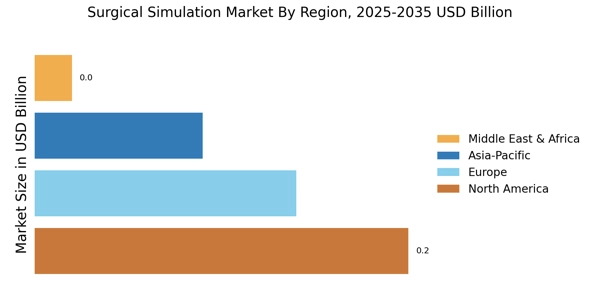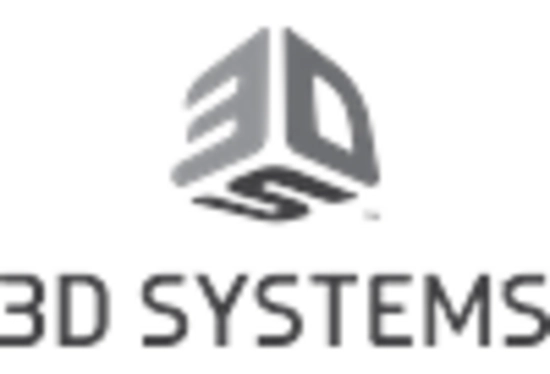Technological Advancements in Simulation Tools
Technological advancements are significantly shaping the Surgical Simulation Market. Innovations such as virtual reality, augmented reality, and haptic feedback systems are enhancing the realism and effectiveness of surgical simulations. These technologies allow for immersive training experiences, enabling surgeons to practice and refine their skills in a risk-free environment. The integration of artificial intelligence into simulation tools is also emerging, providing personalized feedback and adaptive learning pathways. As these technologies continue to evolve, they are expected to drive the growth of the Surgical Simulation Market, with projections indicating a market expansion of over 15% annually in the coming years.
Rising Demand for Minimally Invasive Procedures
The Surgical Simulation Market is experiencing a notable increase in demand for minimally invasive surgical procedures. This trend is driven by the advantages these procedures offer, such as reduced recovery times, lower risk of complications, and minimal scarring. As healthcare providers seek to enhance patient outcomes, the adoption of surgical simulation technologies becomes essential for training surgeons in these techniques. According to recent data, the market for minimally invasive surgeries is projected to grow at a compound annual growth rate of approximately 8% over the next few years. This growth is likely to propel the Surgical Simulation Market, as training programs increasingly incorporate simulation-based methodologies to prepare surgeons for complex procedures.
Regulatory Support for Simulation-Based Training
Regulatory bodies are increasingly recognizing the value of simulation-based training in the Surgical Simulation Market. Guidelines and recommendations from health authorities are encouraging the adoption of simulation technologies as a standard practice in surgical education. This regulatory support is fostering an environment conducive to innovation and investment in simulation tools. As healthcare systems strive to improve surgical outcomes and reduce errors, the endorsement of simulation training by regulatory agencies is likely to accelerate the growth of the Surgical Simulation Market. The anticipated increase in funding and resources allocated to simulation initiatives could further enhance the capabilities of training programs.
Increased Focus on Surgical Training and Education
The Surgical Simulation Market is witnessing an increased focus on surgical training and education, as healthcare institutions recognize the importance of well-trained surgeons. With the complexity of modern surgical procedures, traditional training methods are often insufficient. Simulation-based training offers a solution by providing hands-on experience without jeopardizing patient safety. Educational institutions are increasingly incorporating surgical simulation into their curricula, which is likely to enhance the skill set of new surgeons. This shift is supported by data indicating that institutions utilizing simulation training report a 30% improvement in surgical performance metrics. Consequently, the Surgical Simulation Market is poised for growth as educational initiatives expand.
Growing Emphasis on Patient Safety and Quality of Care
The Surgical Simulation Market is significantly influenced by the growing emphasis on patient safety and quality of care. As healthcare providers aim to minimize surgical errors and improve patient outcomes, the integration of simulation training into surgical education becomes increasingly vital. Simulation technologies allow for the practice of complex procedures in a controlled environment, thereby reducing the likelihood of adverse events during actual surgeries. Data suggests that institutions that implement simulation training experience a 25% reduction in surgical complications. This focus on safety is likely to drive demand for surgical simulation tools, as healthcare organizations prioritize investments that enhance the quality of care.


















Leave a Comment